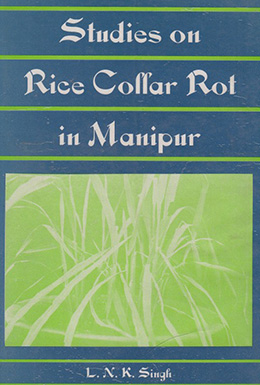
The works on collar not disease of rice are mostly confined to Japan, Thailand, Malaya and South East Asia. The organisms actively involved in this type of rice disease were well recoded in the scientific literatures contributed by several oriental scientists and researchers. Only four species of Ascochyta belonging to the family Sphaeropsidacease are identified by these researches. Two new types of fungi, viz, Pestaloptiopsis versicolor (Speg) and Chaetomium globosum belonging to the family Melanconiaceae and Chaetomiaceae respectively, were discovered by the author Dr. L.N.K. Singh for the first time particularly in Manipur, India. \nThe author made investigations on fungi associated collar rot of rice in different parts of Manipur hills and valleys. He attempted to explore all the possible parameters, which are well represented in this book. The parameters include culturing and isolation of the pathogen followed by innoculation, biochemical changes during the infection, reaction of exotic and local varieties against the collar rot disease, effect of different fungicides on growth of collar rot fungi, effect of fungicides on disease intensity and rice yield, etc. \nThe book with sizable number of tables and illustrations will be useful to scholars and researches working in the field of rice diseases.
| Year | 1997 |
|---|---|
| Pages | 96 |
| Edition | Hard Bound |
| Author Name | L.N.K. Singh |
| About the Authors | L.N.K. Singh |